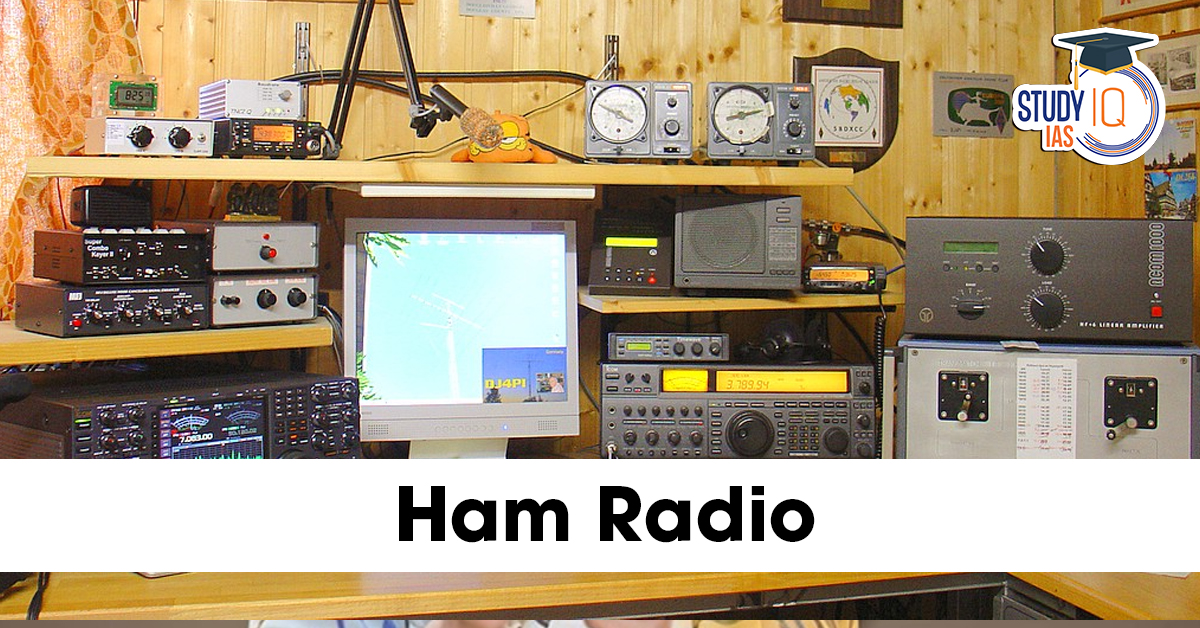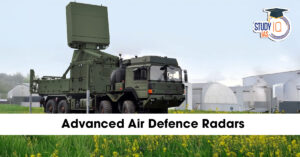Context: Indian astronaut Shubhanshu Shukla recently connected with students across the country via ham radio communication from the International Space Station (ISS).
About Ham Radio
- Ham radio, also known as amateur radio, is a licensed communication service that uses radio waves to connect people.
- It is commonly used for educational learning, technical experimentation, and emergency communication (SOS).
- Communication is established using a dedicated frequency, a transceiver, and an antenna by trained and licensed operators.
- It enables communication that can be local, global, or even space-based (e.g., with astronauts on the ISS).
- In India, any person above 12 years of age can apply for a ham radio license.
- The license is issued by the Ministry of Electronics and Information Technology (MeitY).
- Despite modern communication technologies, the radio remains a stable, reliable, and independent medium of communication.
- It serves as a crucial alternative communication system, especially during disasters when regular networks fail.
- Ham radio has played a vital role in India during several emergencies:
- Bhuj Earthquake (2001)
- Indian Ocean Tsunami (2004)
- Uttarakhand Floods (2013)
- And other natural or man-made calamities.
- Its ability to function independently makes it a valuable tool for disaster management and public safety.


 Advanced Air Defence Radars: Types, Comp...
Advanced Air Defence Radars: Types, Comp...
 Ion Chromatography, Working and Applicat...
Ion Chromatography, Working and Applicat...
 Broadly Neutralising Antibodies (bNAbs):...
Broadly Neutralising Antibodies (bNAbs):...

























